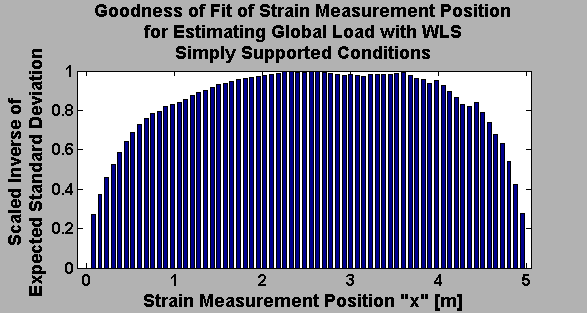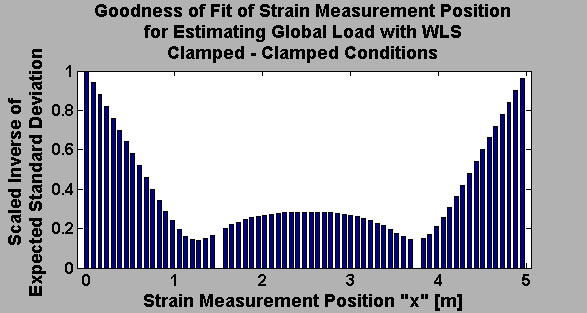Load Estimation and Uncertainty Analysis based on Strain Measurement with Application to Load Sensing Bearing
Abstract of MSc Thesis:
Rapid growth in automotive sector and stringent safety requirements have led to the need for more sophisticated feedback mechanisms for the vehicle systems. One of the major breakthrough is anticipated with the use of estimated loads with help of a Load Sensing Bearing. Load Sensing Bearing is a concept in which strain is measured on a hub bearing unit with help of strain gauges and this measured strain is used to estimate the load generated between the road surface and the tire.
Different kind of algorithms to estimate the load from the measured strain on a bearing are found in literature. These algorithms are based on the signal analysis and filtering of the measured strain signals. Moreover, the position of strain gauges to measure the strain on bearing are decided based on the intuition. It is expected that if the model of the internal load distribution of a bearing is included in the estimation process, in conjunction with the measured strain, the developed algorithm can give more accurate estimation of a load.
A methodological approach of estimating an applied moving load from the measured strain and using the information of a load distribution is developed using a representative beam model. Also, the effect of different parameters affecting the estimation of load is quantified using the strain-load relation. To get an estimation of an applied moving load on an average sense, least square analyses were introduced. It was found that if the information of the uncertainties in parameters is included to estimate the load with help of the Weighted Least Square, the results were significantly improved. Further, in absence of the information about the uncertainty in parameters, usefulness of the iterative reweighting least square – a heuristic least square method – is also checked. Least square methods also gave insight to the suitability of different strain measurement positions by the measure of a goodness of fit.
It is concluded that if the information of load distribution and uncertainty in parameter is used, in addition to the measured strain, to estimate the applied moving load; the resulting estimation is accurate up to 2.5% with 95% confidence bounds for a certain strain measurement positions using Weighted Least Square method. This methodology will be useful for further exploration in the field of a Load Sensing Bearing to improve the load estimation and as well as to formulate the optimization strategy for the placement of strain gauges on the bearing.
Keywords: Load Sensing Bearing, Load Estimation, Strain, Uncertainty Analysis, Weighted Least Square
Goodness of Fit:


